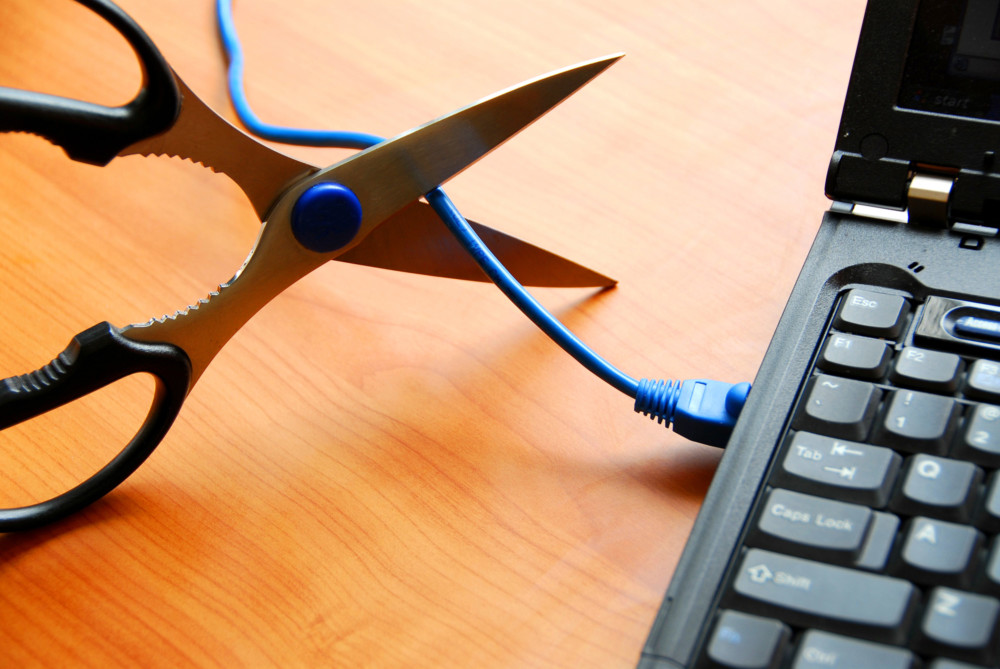By Jennifer Van Grove
San Diego Union-Tribune
WWR Article Summary (tl;dr) From net neutrality to mobile 5G, columnist Jennifer Van Grove breaks down what’s ahead for 2018.
San Diego Union-Tribune
While we’re just a few days into 2018, we’re already seeing big names (and small ones, too) make waves as far as Internet access goes.
That means, if the first week in January is any indication, broadband and wireless consumers can expect some pretty dramatic changes and maybe even a few, cool alternative providers to choose from.
Happy browsing!
A Boston startup named Starry this week announced an expansion of its fixed wireless service to parts of Los Angeles and Washington D.C.
The company, which hails from the creator of Aereo (the defunct business that took a rogue approach to streaming over-the-air stations), has also promised to launch in 14 additional markets in 2018.
While San Diego doesn’t appear to make the cut, the news is an encouraging step forward as far as choice in the Internet service provider realm goes. For $50 a month, Starry claims to offer download speeds of 200 Mbps with zero catches or caveats. It’s a pretty dreamy proposition for anyone tired of dealing with different Internet speed tiers, bundling and data caps.
So where is Starry slated to go next? The company says it’s eyeing parts of New York, Cleveland, Chicago, Houston, Dallas, Denver, Seattle, Detroit, Atlanta, Indianapolis, San Francisco, Philadelphia, Miami and Minneapolis.
Are we actually getting 5G in 2018?
Yes and no.
AT&T said it’s bringing “mobile 5G” to 12 cities in the new year. While mobile 5G doesn’t equate to a fixed WiFi alternative for your home, it will drastically improve your phone service, which translates to far better video streaming experiences, especially when it comes to 4K content and virtual reality gaming, while on the go.
I asked the smart folks at Parks Associates to weigh in on the AT&T news, and analyst Kristen Hanich had this to say:
“(AT&T) is track to be the first mobile carrier to roll out a commercial 5G network for smartphones, well ahead of the final standards expected in 2020. Of course, consumers will have to buy new phones in order to access this faster network. These devices likely won’t start being available until sometime in 2019.”
So, basically, good news, bad news if you’re anxious to get your hands on the fastest mobile wireless technology.
There’s still hope for Net Neutrality
ISPs won the battle over Internet deregulation in December, but the war over an open Internet isn’t over yet. Of course, I’m referring to the Federal Communications Commission’s December decision to remove itself as the Internet’s governing body and effectively rescind the Internet protection principles known as Net Neutrality, as established by the previous White House administration.
Now, the Internet Association, a trade group that represents the interests of tech startups and behemoths alike, has signaled its intention to take the matter to court.
“IA intends to act as an intervenor in judicial action against this order and, along with our member companies, will continue our push to restore strong, enforceable net neutrality protections through a legislative solution,” said Michael Beckerman, president and CEO of the association.














































































































































































































































































































































































